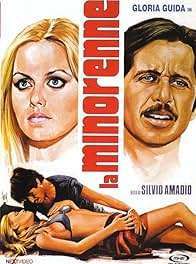La minorenne
Everyone want to be with a young cute girl, but she must find a real man for herself.
The Minor (1974)
The Minor (1974)
Film Review: The Minor (1974) – A Disturbing Dive into Forbidden Psychology

Few films from the 1970s provoke as much discomfort and discussion as Piotr Andrejew’s The Minor (1974). This obscure Polish short film is a haunting and provocative exploration of power, innocence, and repression, told with the stark, unrelenting aesthetic that Eastern European cinema of the era became known for.
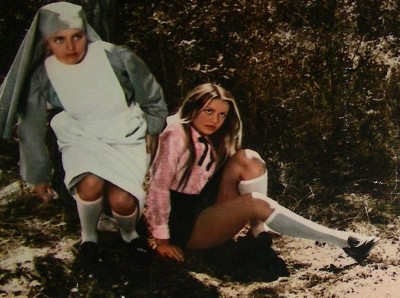
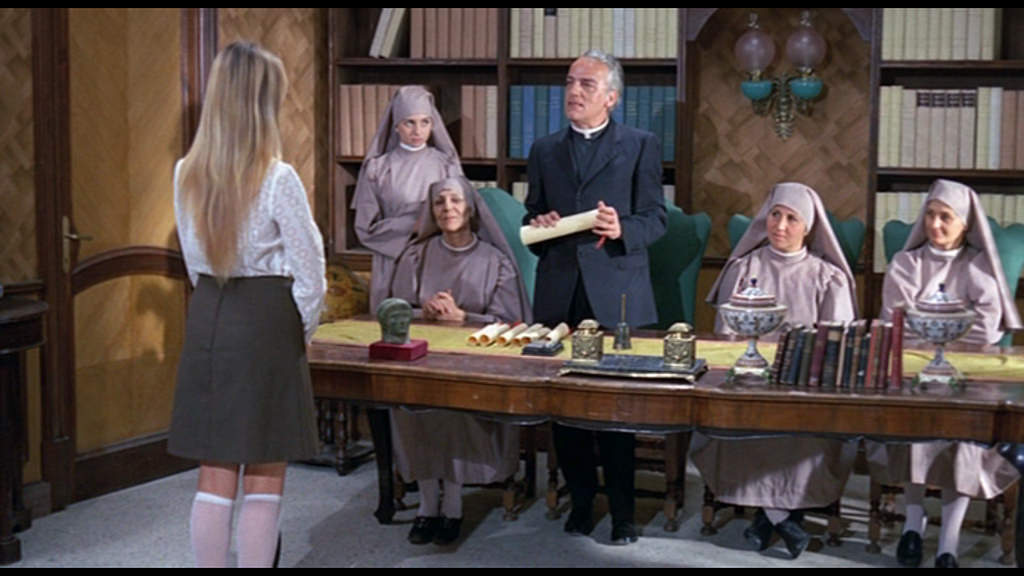
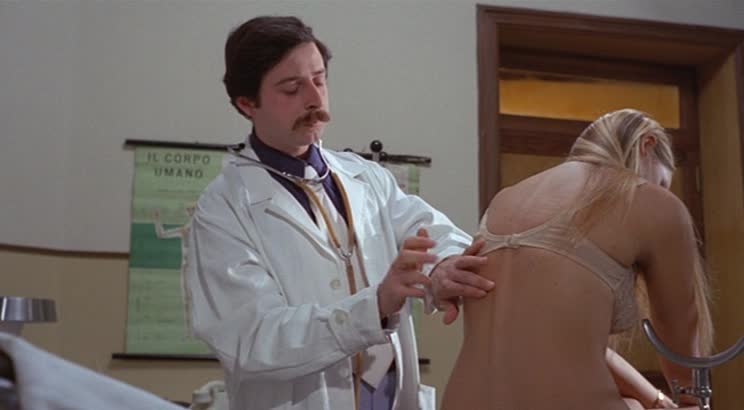
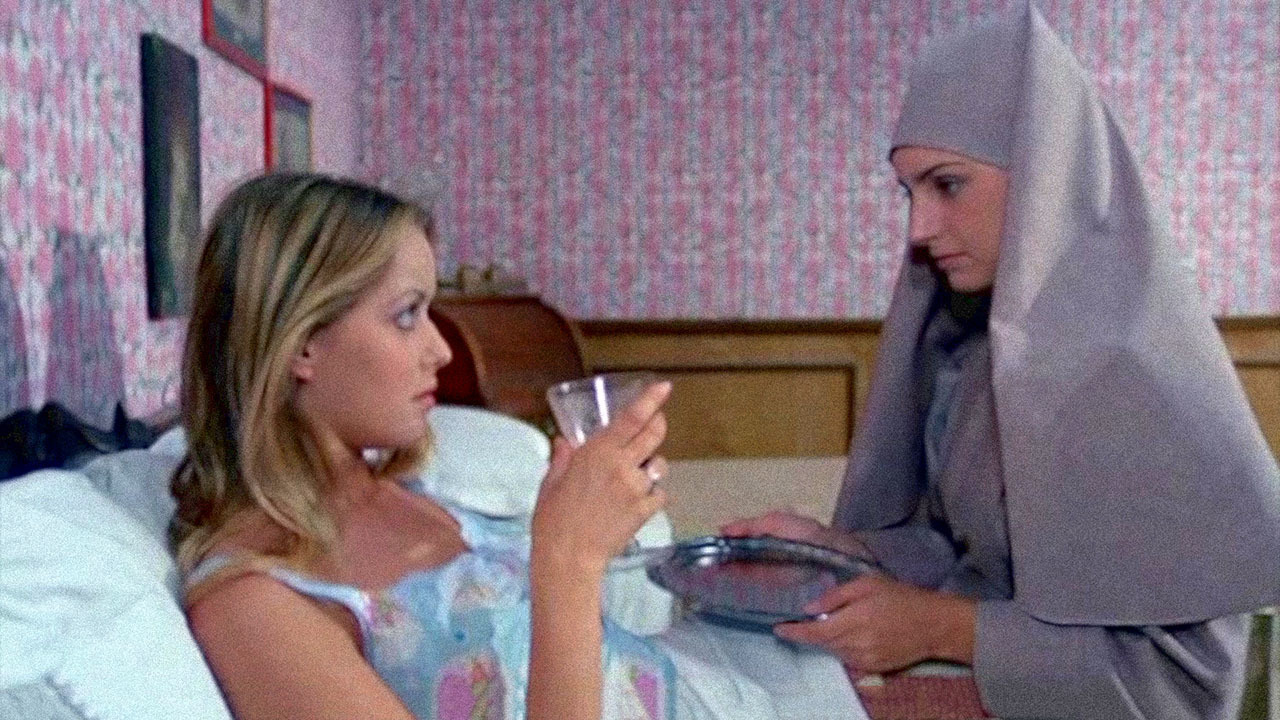
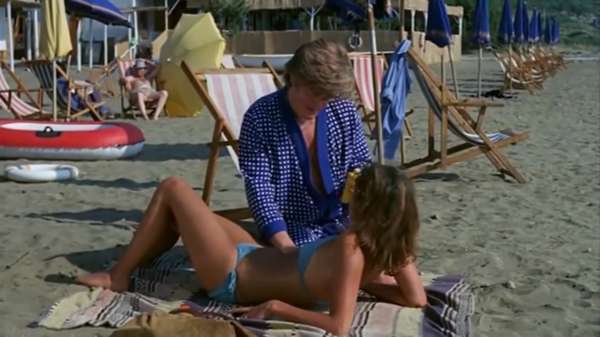
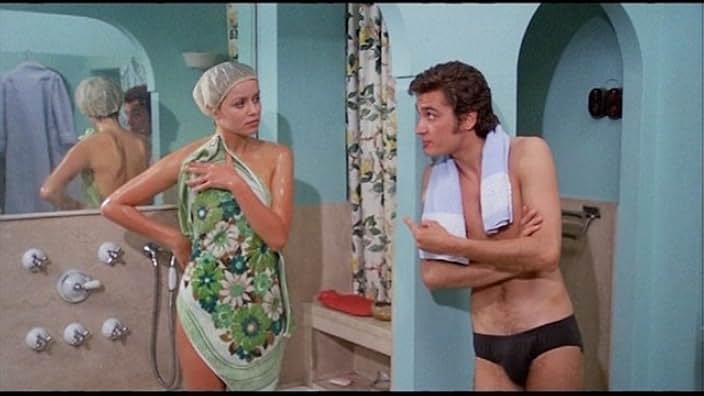
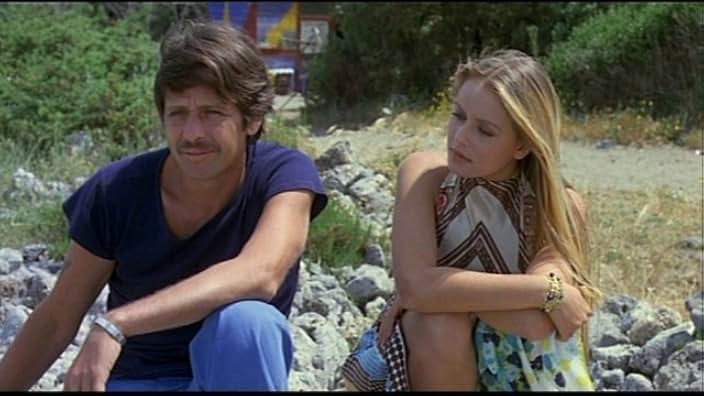
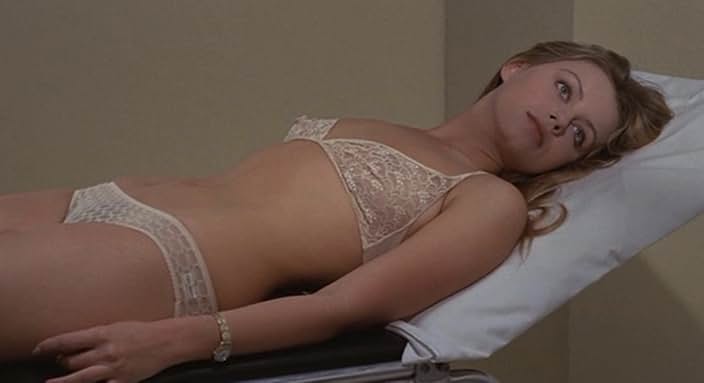
Plot Summary (No Major Spoilers):
The Minor centers around a young boy who finds himself unexpectedly placed on trial in what appears to be a surreal, symbolic courtroom. The exact nature of his crime remains ambiguous, and instead of clear answers, the audience is offered a visual meditation on judgment, innocence, and societal pressure. The adults around him represent authority figures—stern, unyielding, and emotionally distant—while the boy’s confusion and vulnerability highlight the emotional weight of the proceedings. The film relies heavily on atmosphere, symbolism, and striking black-and-white cinematography rather than traditional storytelling.
At just under 10 minutes, The Minor feels more like a psychological punch than a narrative film. It opens in a setting that is simultaneously archaic and symbolic: a courtroom. A young boy stands trial, but the specifics of his supposed crime remain vague. The imagery suggests a society obsessed with control and punishment, and the boy’s confused, frightened face becomes a canvas onto which the viewer projects their own interpretations.
Andrejew directs with a cold, calculated hand, choosing minimal dialogue and relying heavily on surreal visuals. There is an undeniable Kafkaesque quality here—the absurdity of authority and the silent suffering of the individual are on full display. The film never answers its own questions, but that ambiguity is exactly what makes The Minor so chilling.
The stark black-and-white cinematography enhances the film’s oppressive tone. The courtroom setting morphs from a literal space into a symbolic purgatory, with the adults representing the harsh, unfeeling machinery of institutional power. The film’s abstract nature invites varied readings: is it a critique of the judicial system, an allegory for the loss of innocence, or a broader comment on the authoritarian structures of society?
Despite (or because of) its disturbing content and ambiguous symbolism, The Minor remains a powerful example of how short films can deliver intense emotional and intellectual experiences. It’s not an easy watch, but it’s certainly a memorable one.
Final Verdict:
The Minor (1974) is a short yet harrowing examination of societal judgment and psychological control. Unsettling and enigmatic, it’s a must-watch for fans of avant-garde cinema and those interested in the darker corridors of human authority.
Rating: 4.5/5
